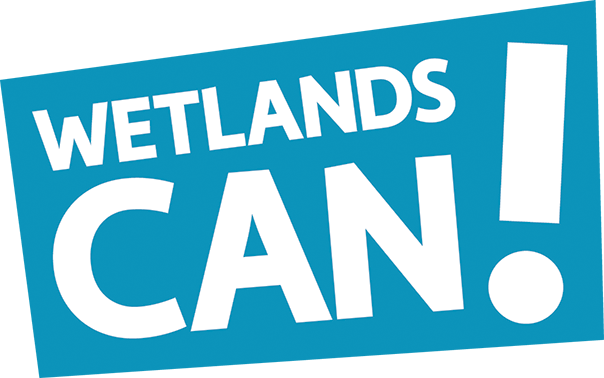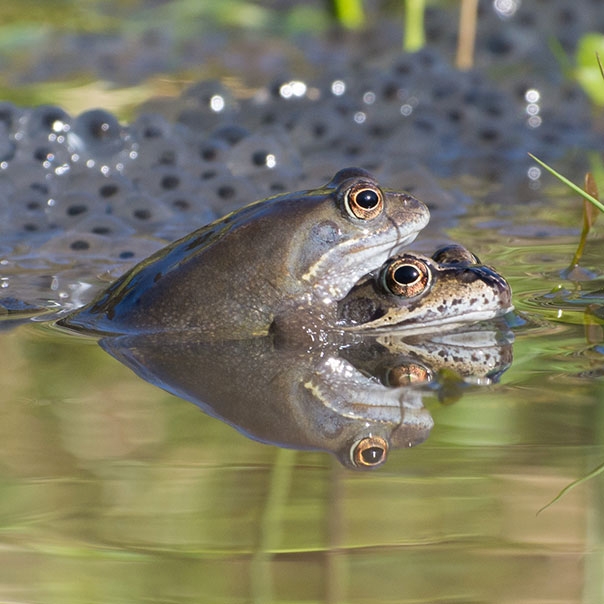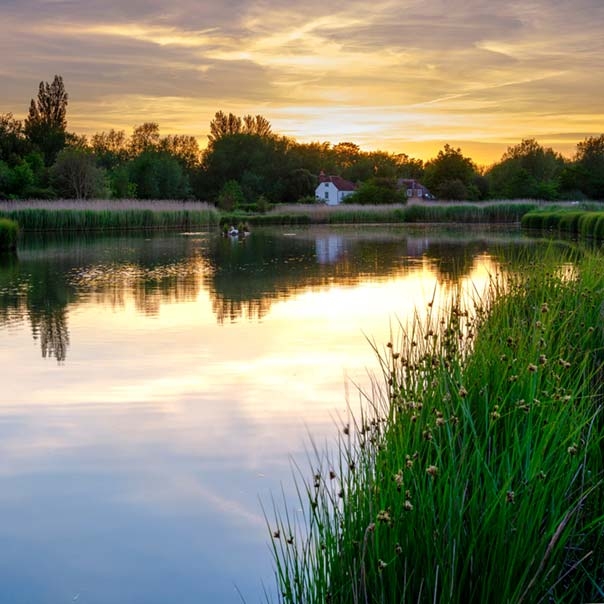Mini-wetlands for nature
Every wetland, no matter how small, makes a difference
Creating mini wetlands, like ponds, rain gardens and drainpipe wetlands, gives nature a huge boost because freshwater wetlands support more life per square kilometre than any other type of habitat.

Smaller wetlands are often even more wildlife-rich, with ponds supporting two thirds of all wetland plants and animals found in Britain.
Mini-wetlands act as biodiversity ‘hot spots’ because they have a large variety of mini-habitats which support lots of different wildlife. They often contain areas of wet mud, shallow water, deep pools and different types of vegetation, all of which are vital homes to a huge range of species, including pond worms, diving beetles, dragonflies, water snails, frogs and newts.

As well as providing homes for a plethora of wildlife, mini-wetlands also provide drinking water, bathing areas and food for lots of other animals including birds, bats, bees, butterflies, and hedgehogs. They are also a key refuge in times of drought.
They can be important habitats for endangered species like great crested newts, European eels, natterjack toads, the Norfolk hawker dragonfly and the great silver water beetle.
Create your own mini-wetland
Our step-by-step guides will help you build a mini-wetland that’s right for you.
How to guides
When compared to other freshwater habitats ponds often outperform lakes and rivers in the number of nationally scarce and IUCN red list species they support.
(Wright et al., 1996; Biggs et al., 2005).
Spotter sheets
Discover the wildlife that loves mini-wetlands with our spotter guide to the insects, amphibians and other creatures that can be found in and alongside the water.
Download now


Urban ponds can support a similar number of invertebrate species to that of non-urban ponds (Hill et al. 2016). The wildlife communities found across urban ponds are more varied than non-urban ponds.


